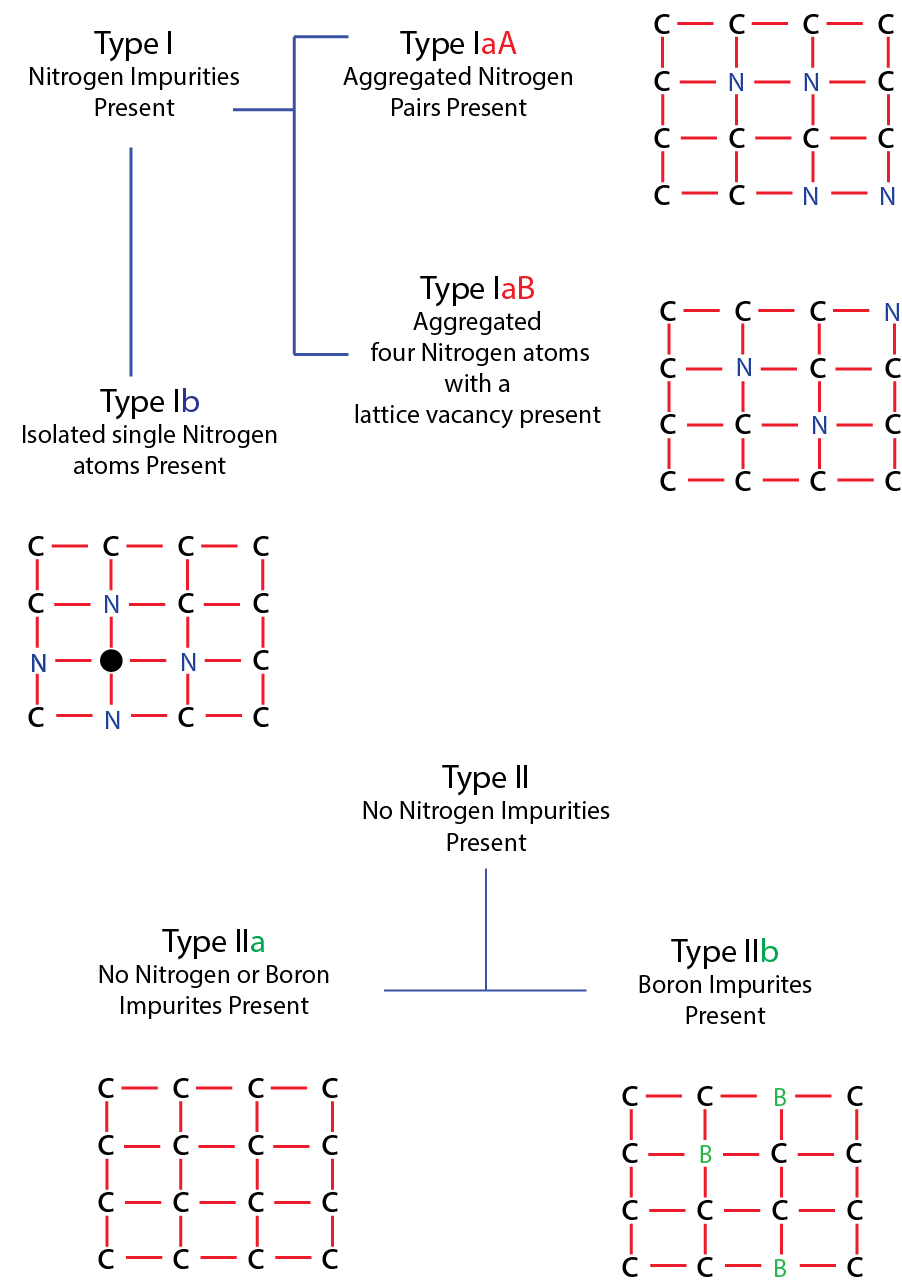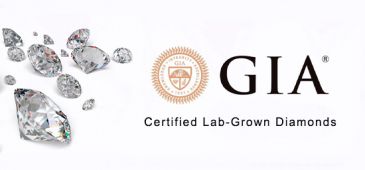“What type are you?” - Diamond Types demystified
By James Morris
Diamond “type” is a concept that is frequently mentioned in the gemological literature. Still, its relevance to the practicing gemologist is rarely discussed. Diamonds are broadly divided into two types (I and II) based on the presence or absence of nitrogen within the atomic lattice of the diamond and further subdivided according to the arrangement of nitrogen atoms (isolated or aggregated) and the occurrence of boron impurities.
The diamond type is directly related to the saturation of color and the lattice defects that are modified by the treatments to augment color. Knowledge of these types allows gemologists to better evaluate if a diamond might be treated or synesthetic; and whether it should be sent to a laboratory for testing.
Scientists determine type using expensive FTIR instruments, which stands for Fourier Transform Infrared Spectroscopy. This is a technology that can identify chemicals using an infrared light source to measure light absorption. Many simple gemological tools (e.g., a microscope, spectroscope, UV lamp) can give strong indications of these diamond types.
Beginning in the 1930s, scientists began to recognize that certain kinds of diamonds displayed similar features. They then grouped the diamonds into two main categories called type I and type II based on differences in transparency under ultraviolet radiation. Scientists were able to further divide type I and type II diamonds into two subcategories by the arrangement of carbon—and impurity—atoms in the diamond lattice. In 1959 scientists discovered that nitrogen was the principal chemical impurity in diamonds and that while type I diamonds contained this impurity, type II diamonds didn’t.
The majority of natural diamonds are what scientists call type Ia. Type Ia diamonds contain plentiful nitrogen in clusters or pairs. This kind of diamond cannot be grown artificially. Type Ib diamonds contain scattered and isolated nitrogen atoms that are not in pairs or clusters. Type Ib diamonds are rare in nature. Type IIa diamonds contain almost no nitrogen, while IIb diamond contains boron. Lab-grown diamonds correspond to types Ib, IIa, and IIb, all rare categories among natural diamonds.
In short, you can obtain a type IIa lab-grown diamond with the same look & DNA as an expensive colorless mined diamond with no fluorescence.
With the added benefit of having no conflict associated with it. #mansbestfriend




